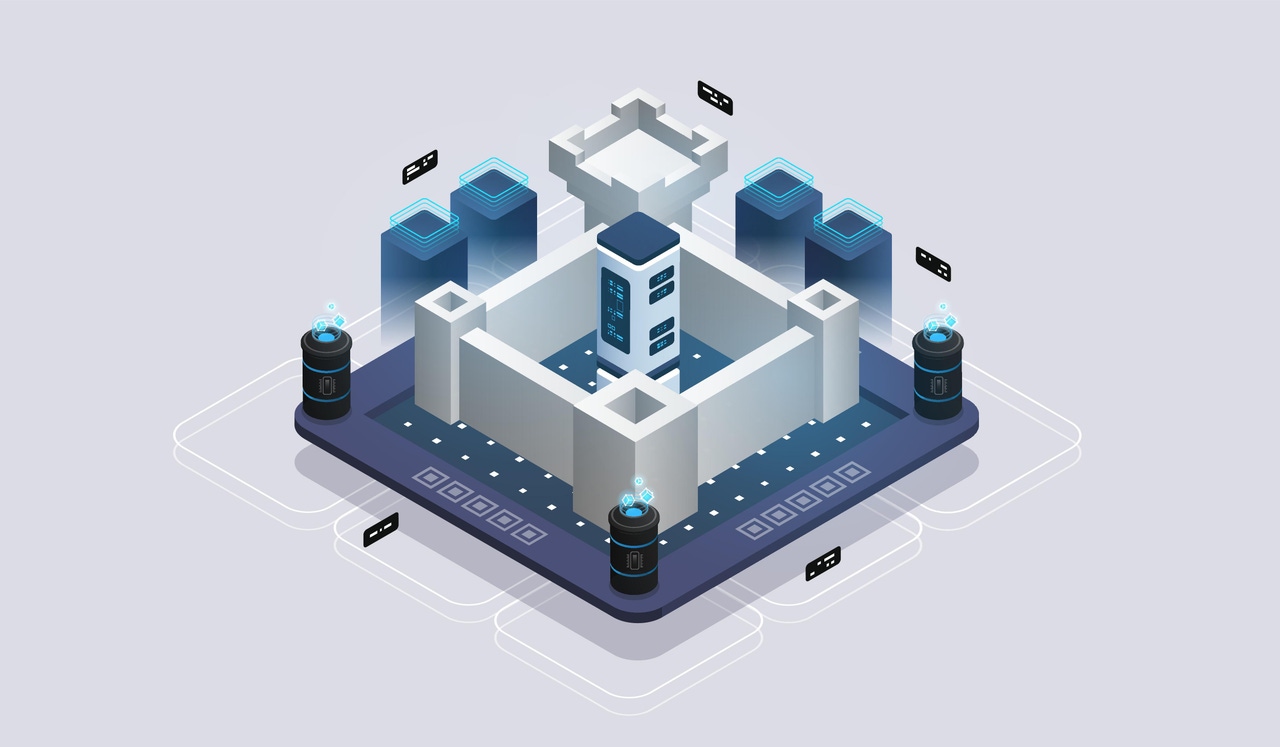
Insight and analysis on the data center space from industry thought leaders.
Managing Modern Data Centers: The Importance of a Digital TwinManaging Modern Data Centers: The Importance of a Digital Twin
DCIM solutions with digital twin capabilities have emerged as pivotal tools for managing the entire life cycle of a data center.
December 5, 2023

Data centers are the backbone of the modern world, serving as the central hub for storing, processing, and distributing vast amounts of information. As these technological hubs become more sophisticated, the need for advanced data center infrastructure management (DCIM) solutions continues to grow.
Legacy systems are often associated with long deployment times, complexity, and configuration limitations, hindering the evolution of data center processes and topologies. Thus, integrating diverse components such as computing, storage, networking, power, cooling systems, and building management systems (BMS) can be a complex and time-consuming process. This complexity results in prolonged timelines and increased costs, affecting overall efficiency and profitability.
To ensure the seamless operation of these critical facilities, operators require robust solutions that comprehensively cater to a wide range of technical configurations and requirements.
Data Center Management Fundamentals in the Digital Age
Modern DCIM solutions with digital twin capabilities have emerged as pivotal tools for managing the entire life cycle of a data center, from design and deployment to day-to-day operations and maintenance.
With a visual representation of available resources, these solutions enable data center professionals to gain a holistic understanding of resources for various use cases, such as resource utilization, capacity assignment, planning functionalities, design rules, asset management, and reporting.
Data center operators can also address more advanced use cases, such as avoiding stranded capacities – a challenge crucial for cost efficiency and operational effectiveness.
Undoubtedly, the incorporation of a digital twin has revolutionized data center management, enabling operators to perform "what-if" analyses and assess potential future changes based on the current state of the data center without physically visiting the site.
A digital twin acts as a virtual testbed for change planning, offering remote situational awareness of the data center's current and planned future states. It also serves as a platform for knowledge transfer and learning in a controlled environment where mistakes do not impact live systems.
Additional Benefits of a Digital Twin: Sustainability and Reliability
In an era where sustainability is gaining paramount importance, data centers are striving for energy efficiency and cost control. Managing power consumption and cooling requirements is essential for sustainability, as it directly impacts operational costs and environmental impact.
Modern DCIM together with a digital twin can offer the necessary insights to optimize power and cooling systems, reducing energy consumption and ensuring that data centers align with sustainability goals.
Advanced DCIM solutions and digital twin technologies can also improve resiliency by conducting a single point of failure (SPoF) analysis. This comprehensive approach to resilience ensures the availability of the data center infrastructure, preventing costly downtime and maintaining service reliability, which is vital for mission-critical operations.
Key Features to Consider
When evaluating DCIM solutions with digital twin capabilities, the following components are crucial for success:
Asset Management: Tracking the life cycle of data center assets, whether physical or virtual, from procurement to retirement.
Cable Management: Managing the complex web of cabling within data centers to ensure effective operations.
Connectivity: Understanding the connectivity of assets to maintain a complete operational view of the data center.
Monitoring: Tracking system performance and environmental parameters to detect and resolve issues promptly.
Simulation: Using mathematical models to simulate the behavior of physical components for predictive analysis and "what-if" scenarios.
Visualization: Creating a virtual representation that accurately mirrors the physical data center, portraying its presence, behavior, and interactions.
Resource Utilization and Optimization: Providing real-time visibility into resource utilization to aid in efficient planning, allocation, and cost optimization.
Integration Capabilities: Seamlessly integrating with other systems, such as Building Management Systems and Power Management Systems, for a holistic awareness of the current state.
Control Loops: Offering mechanisms for continual improvement and refinement, whether in an automated or manual way.
Overall, leveraging a digital twin allows for more proactive risk mitigation and enables more effective pre-deployment testing, therefore limiting reputational damage. Whereas traditional solutions tend to be reactive in nature, digital twin technology facilitates greater proactivity.
By providing in-depth insights, optimizing resources, and enabling "what-if" analysis, the integration of DCIM and digital twins empower data center operators to confidently make operational decisions, ensuring the reliability and efficiency of these critical facilities in our digital world.
Oliver Lindner is Director of Product Management at FNT Software, responsible for the company’s Data Center Management solution. He has around 30 years of experience in IT and IT infrastructure management with a focus on data center optimization.
About the Author
You May Also Like







